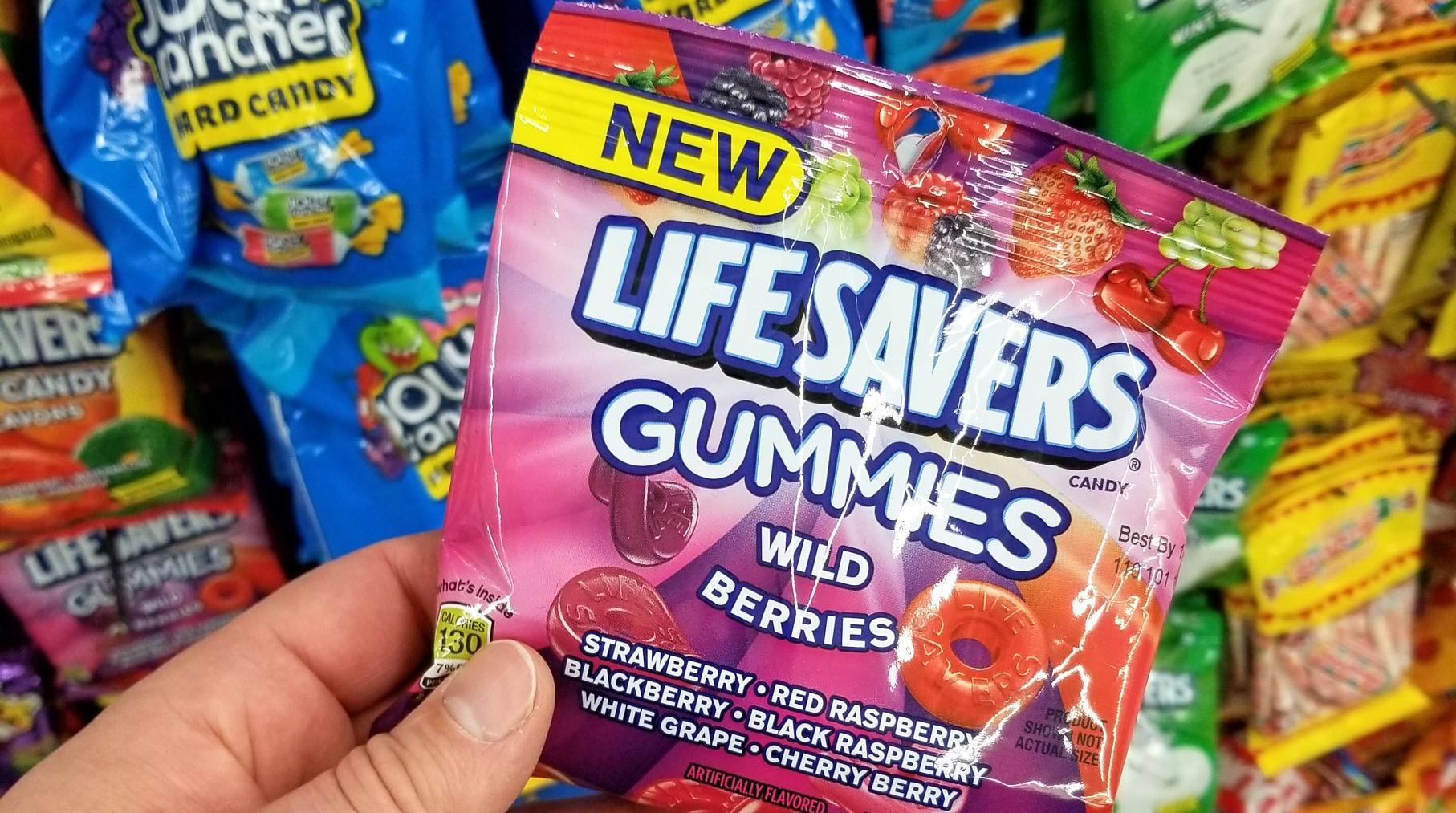The Skittles Recall Is Just One Example Of Dangerous Packaging
The latest recall has us questioning if any of this stuff is safe.
Food packaging is a necessary evil. Unfortunately, we're not yet living in a world where you can simply walk into any grocery store or restaurant and open your own bag to have scoops of candy or a big, juicy burger fresh off the grill plopped right in. But with more and more recalls and panic surrounding various food containers, maybe it's time we push a little harder to achieve that dream. The food brands sounding the alarm this time are Skittles, Starbursts, and Life Savers.
Why Skittles, Starburst, and Life Savers packages are being recalled
According to Mars Wrigley, multiple varieties of Starburst Gummies, Skittles Gummies, and Life Savers Gummies have been recalled because of a thin metal strand that's been found either embedded into the gummies or loose in the bag. While no illnesses from this metal have been reported, it's still not the most comforting thing to discover in your bag of candy.
If you are worried about whether your sweet treats are part of the recall, check the first three digits in the package's manufacturing code and compare it to the numbers listed here. And if you do find any kind of unusual metal pieces in your bag, go ahead and toss it out just to be safe.
There's been no reason given as to how this snafu may have happened, but it's certainly not the first time in recent memory that an unpleasant discovery about our food packaging has alarmed consumers.
The “forever chemicals” found in fast food wrappers
Last month, McDonald's and Burger King faced lawsuits for high amounts of polyfluoroalkyl substances (PFAS) in their packaging, lawsuits that experts say might lead to a spike in class-action lawsuits against more fast food companies that are known to feature the "forever chemical." These include Arby's, Chick-fil-A, and Sweetgreen, Nation's Restaurant News reports.
PFAS were initially introduced into packaging because the chemicals make paper and other containers grease-resistant—it's the same group of chemicals that make cookware nonstick and certain clothing water-resistant. But over the years it's been revealed that these can cause a long list of health problems, Consumer Reports explains. And these chemicals virtually never break down, meaning even as these packages or other items biodegrade, those chemicals remain and can end up in our drinking water.
McDonald's and Burger King have since promised to eliminate PFAS from their packaging by 2025, but until then, there are other ways to ensure that our food packaging isn't harming us.
Ways to combat dangerous food packaging
The best way to effect change is to call for new legislation eliminating the use of PFAS in all packaging—the Environmental Protection Agency is already working to keep PFAS out of drinking water and designating PFAS as hazardous substances.
On the consumer side, start thinking about zero-waste grocery stores as an option for your sweet treats; many of those stores offered dry goods, like dried fruits, in bulk, which you can take home in your own jars and other containers, free of PFAS and rogue strips of metal. The same can be said for the reusable packaging used for pickup and delivery meals through programs like DeliverZero—Burger King has even piloted reusable packaging, proving that it can be an option for fast food as well.
Toxic-Free Future and Clean Production Action offer solutions for manufacturers, like creating to-go packaging with bamboo and palm leaf, and treating those containers with clay or bio-wax instead of PFAS. These materials are not only free from harmful microplastics, but are compostable and more sustainable for the environment.
Until these changes are implemented, do what you can to cut down on packaging, and always take a peek inside your snack bag for stray dangers before chowing down. (You can't see PFAS, but you'll probably be able to detect any nasty metal strands hanging out in there.)
